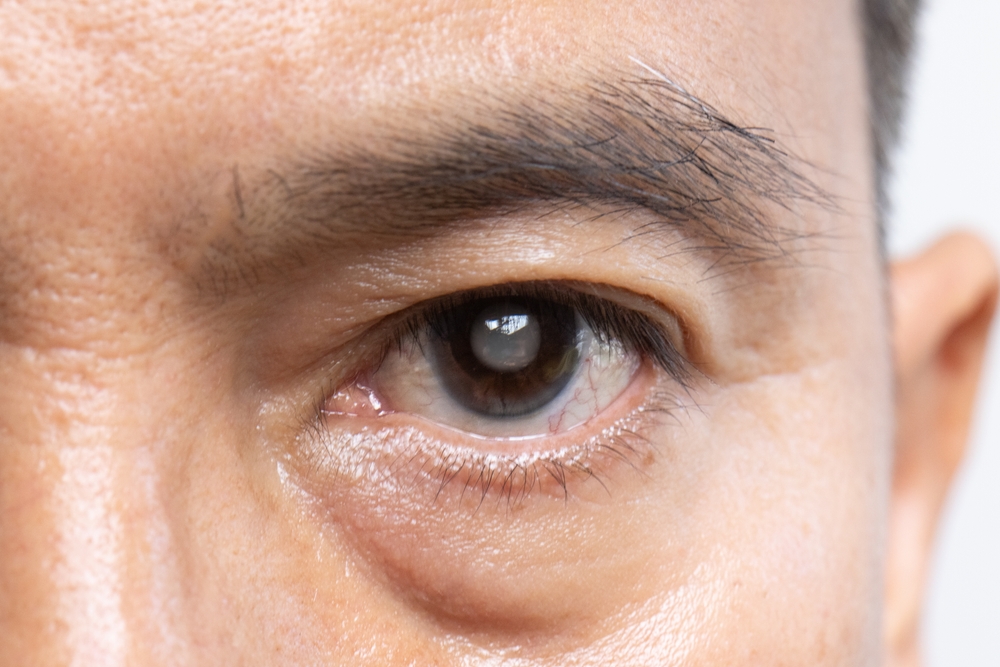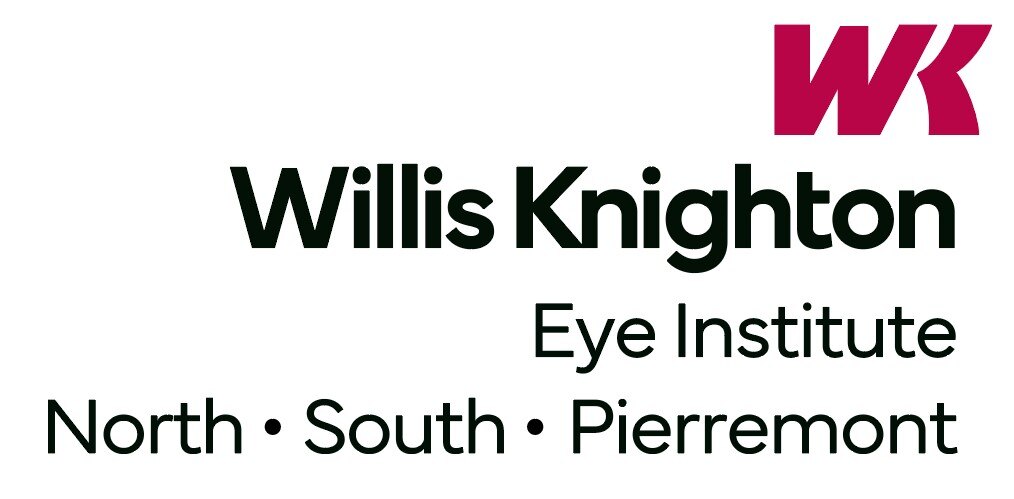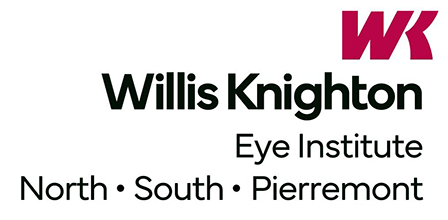How do new technologies enhance cataract surgery outcomes and safety? Recent advancements in cataract surgery have revolutionized the field, making procedures safer and more effective. From femtosecond lasers to advanced intraocular lenses, these innovations are transforming patient experiences and outcomes. This article explores the top five breakthrough technologies in cataract surgery today.
1. Femtosecond Laser-Assisted Cataract Surgery Techniques for Enhanced Precision
Femtosecond Laser-Assisted Cataract Surgery has significantly improved the precision and safety of cataract procedures. This technology uses ultra-short laser pulses to create precise incisions and fragment the cataract, reducing the need for manual surgical tools.

Key benefits of include:
- Enhanced Precision: The laser’s accuracy minimizes the risk of human error.
- Reduced Complications: Fewer manual steps lead to lower chances of surgical complications.
- Faster Recovery: Patients often experience quicker recovery times due to the minimally invasive nature of the procedure.
Compared to traditional methods, offers a more controlled and predictable surgical environment. This results in better visual outcomes and higher patient satisfaction.
2. Advanced Intraocular Lenses (IOLs) in Modern Cataract Surgery
Advanced Intraocular Lenses (IOLs) have revolutionized cataract surgery by offering patients improved vision outcomes. Multifocal IOLs provide clear vision at multiple distances, reducing the need for glasses. Toric IOLs correct astigmatism, enhancing overall visual clarity.
Key advancements in IOLs include:
- Multifocal Lenses: These lenses allow patients to see clearly at near, intermediate, and far distances.
- Toric Lenses: Designed to correct astigmatism, these lenses improve sharpness and reduce visual distortions.
- Extended Depth of Focus (EDOF) Lenses: These lenses offer a continuous range of vision, minimizing the need for additional eyewear.
Patients report higher satisfaction with these advanced IOLs due to their ability to restore a more natural range of vision. These lenses not only improve visual acuity but also enhance the quality of life by reducing dependence on corrective eyewear.
3. OCT Imaging: Game-Changing Technology in Cataract Surgery
Optical Coherence Tomography (OCT) Imaging plays a crucial role in cataract surgery. This advanced imaging technology provides detailed cross-sectional images of the eye, aiding in preoperative planning and intraoperative guidance. Surgeons use OCT to assess the eye’s anatomy, ensuring precise surgical interventions.
Key benefits of OCT include:
- Enhanced Preoperative Planning: Detailed imaging helps in accurate assessment and surgical planning.
- Intraoperative Guidance: Real-time imaging during surgery improves precision and control.
- Reduced Postoperative Issues: Accurate surgical execution minimizes complications and enhances recovery.
OCT imaging allows for better visualization of the eye’s structures, leading to improved surgical accuracy. This technology reduces the likelihood of postoperative complications, ensuring better outcomes for patients.
4. Phacoemulsification with Enhanced Fluidics: A Core Cataract Surgery Technique
Phacoemulsification with enhanced fluidics has transformed cataract removal procedures. This technology uses ultrasonic vibrations to emulsify the cataract, allowing for its removal through a small incision. Enhanced fluidics systems improve the control of fluid dynamics during surgery, leading to safer and more efficient procedures.
Key improvements in phacoemulsification include:
- Better Fluid Control: Enhanced fluidics systems maintain stable intraocular pressure, reducing the risk of complications.
- Increased Efficiency: Faster cataract removal shortens surgery time and reduces patient discomfort.
- Improved Surgical Control: Surgeons experience greater precision, leading to better outcomes.
These advancements result in fewer complications and quicker recovery times for patients. Enhanced fluidics systems provide surgeons with the tools needed to perform cataract surgery with greater accuracy and safety.
5. ORA Intraoperative Aberrometry: Real-Time Technology in Cataract Surgery
Real-time intraoperative aberrometry, also known as ORA, has become a game-changer in cataract surgery. This technology measures the eye’s refractive power during surgery, allowing for precise intraocular lens (IOL) placement and power selection. Surgeons can make real-time adjustments, ensuring optimal visual outcomes.
Key benefits of intraoperative aberrometry, ORA, include:
- Accurate IOL Placement: Real-time data helps in positioning the IOL correctly.
- Precise Power Selection: Surgeons can choose the most suitable IOL power based on live measurements.
- Reduced Refractive Errors: Postoperative refractive errors are minimized, leading to better vision quality.
This technology enhances the accuracy of cataract surgery, resulting in fewer postoperative complications. Patients benefit from improved visual outcomes and higher satisfaction rates.
Discover More About Advanced Cataract Surgery Techniques
These technological advancements collectively make cataract surgery safer and more effective. Femtosecond lasers, advanced intraocular lenses, OCT imaging, enhanced fluidics, and real-time intraoperative aberrometry (ORA) all contribute to improved surgical outcomes. Patients experience fewer complications, faster recovery times, and better vision quality. The field of cataract surgery continues to evolve, promising even more breakthroughs in the future. For more information, visit The Cataract Surgeons.



